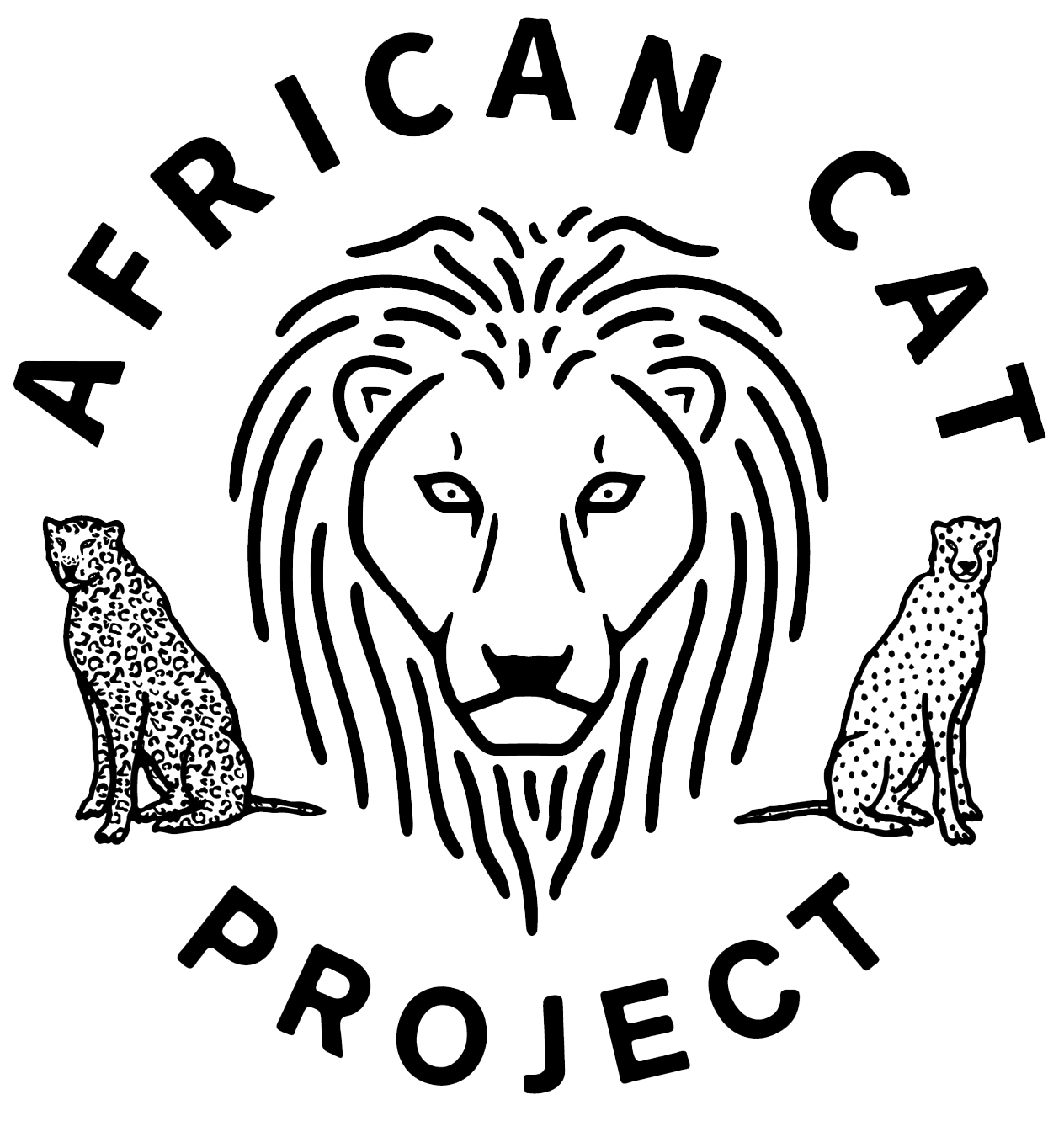International Cheetah Day – December 4 by Alison Lee Rubie - Part 1
Last Thursday, 4th December, was International Cheetah Day. What a magnificent animal to celebrate. It is unique in so many ways. So why December 4th? Dr Marker, at Wildlife Safari in Oregon raised a cub named Khayam and that cubs birthday was December 4th. She was trained for the first research project in rewilding and in 1977 Dr Marker took Khayam to Africa to see if she could be taught to hunt in the wild. It was successful through trial and error. Through this trip to Namibia Dr Marker learned of the extermination of cheetahs by farmers and vowed to do something about it, so she chose the birthday of Khayam to raise awareness of cheetah conservation. (Information on December 4th, International Cheetah Day extracted from “For the Love of Wildlife”)
The cheetah, Acinonyx jubatus, is the only animal, along with its subspecies that is within its genus. Famous for its speed and agility, the cheetah is the fastest land animal, capable of reaching speeds of up to 114km/h. Its slender body and strong legs are built for this speed and it is this speed, which constitutes one of the cheetah’s greatest defence mechanisms. Cheetahs are not aggressive cats and prefer to outrun their predators rather than stand and fight. They are a unique species of cat and are the only cats to have semi-retractable claws assisting in its speed.
Being the smaller of the big cats leaves the cheetah open to larger predators such as hyenas and lions. Approximately 95% of cheetah cubs will not survive their first year due to raids by predators or simply because the mother is not skilled enough in hunting to support them, therefore failing to care for her cubs successfully. In the Savannah, there are some known ‘super mums’ (National Geographic November 2012) that have successfully raised cubs time and time again. These super mums play a vital role in the conservation of this species. There is one super mum ‘Eleanor’ that is known to have mothered at least 10 per cent of all the adult cheetahs in the southern Serengeti. (National Geographic November 2012) In addition to predators, other threats include conflict with humans, loss of habitat and decline in prey.
Listed as vulnerable on the IUCN Red List, the cheetah is the most vulnerable of the big cats and potentially faces a bleak future. However, there are a number of conservation funds protecting the survival of this unique animal. With approximately 7000 cheetahs in the wild and the rapid decrease of this species, it is important for conservationists and wildlife organisations to embark on breeding programs to maintain the existence of these slick fast felids. You can help by purchasing any product in The Feline Foundation shop. Your contribution will go towards the big cats of Africa including cheetahs.
Stay tuned for more information on the cheetah in my next blog



